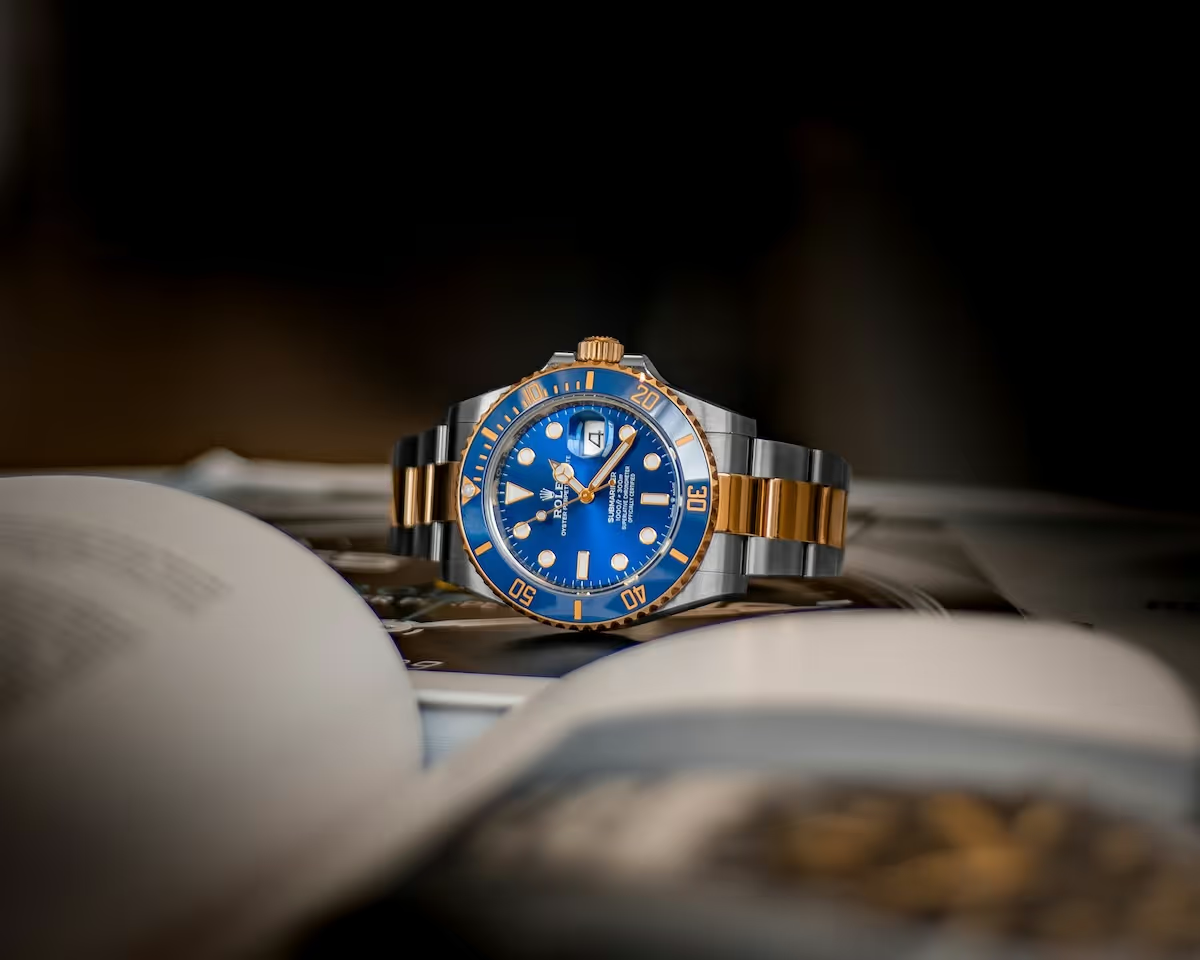Luxury watches as an investment: Is now the time to invest in Rolex & Co.?

Luxury watches are a status symbol, collector's item and investment at the same time — and have been doing so for generations. Around the beginning of the 20th century, the first wristwatches came on the market and replaced the pocket watches that had been popular until then. A little later, iconic brands such as Rolex, Omega, Hublot, Patek Philippe and Audemars Piguet experienced a real boom. Because these manufacturers became known for their high-quality craftsmanship and attention to detail and were accordingly prestigious. Nothing has changed to this day, quite the opposite: Luxury watches are an attractive form of investment that is currently rising in price again. Find out more about the reasons behind the boom around Rolex & Co.
Luxury watch prices are rising
As a trigger for the robust luxury watch market experts are seeing the corona pandemic. As a result of lower spending on travel or going to restaurants and the low interest rate phase, many investors discovered their love for luxury watches, which can function as a comparatively “crisis-proof” investment. This also drove up prices on the secondary market.
In particular, models from Rolex, Patek Philippe, Audemars Piguet and other top-class manufacturers achieved a whopping price increase of almost 50% between 2019 and 2025. The all-time high in spring 2022 was followed by a period of cooling, but the latest upturn at the end of 2024 marks the strongest positive development over several weeks - with considerable fluctuations in individual models.
According to this, 34.2 percent of the global transaction volume is accounted for by Secondary luxury watch market on Rolex, which clearly dominates the traditional company. The next-placed Omega brand (10 percent) shines in particular with the Omega Speedmaster: The model recorded an increase in value of 56 percent in 2021 alone and has been very stable in value ever since, Patek Philippe (6.7 percent), Cartier (5.2 percent), Audemars Piguet (4 percent), Breitling (3.9 percent) and IWC (2.9 percent), adding up to 32.6 percent - and This means less market share than Rolex alone.
For the current year, several developments could fuel the market for fine watches. On the one hand, ongoing global political trouble spots and renewed falling interest rates are likely to drive investors into alternative tangible assets that are largely detached from financial markets. On the other hand, manufacturers are raising prices - but this should not deter a wealthy Gen Z from buying a luxury watch.
Rolex, for example, raised the prices for watches with gold by four percent as early as 2024 and announced a further price increase for 2025, ranging between 1% and 14%, depending on the model. The reason for the price increase is the higher price of gold. In 2024, the price of the precious metal rose by 27% — more than in 14 years.
For the reasons mentioned, global sales in the luxury watch market could amount to around 69.47 billion euros in 2025. According to forecasts, a market volume of 81.01 billion euros will be reached by 2029, which corresponds to annual sales growth (CAGR 2025—2029) of 3.93%. With a forecast market volume of 13 billion euros in 2025, the USA is the largest market for luxury watches.
Gen Z: Money for fine timepieces
Anyone who will probably not be put off by the high prices is a wealthy and brand-savvy Gen Z who is inspired by TikTok, Instagram and other social media. In addition to classic testimonials for luxury watches from the tennis, golf, sailing or polo sports sectors, hip-hop superstars such as Jay-Z or Travis Scott are now an integral part of the lifestyle, as they present valuable watches as status symbols.
An analysis of the Chrono24 database also shows how Gen Z “ticks”: The average age of registered users on the platform has fallen significantly in recent years. Chrono24 has prepared a first-time buyer report together with YouGov. Among other things, this revealed that respondents in the 18 to 24 age group are almost twice as likely to toy with the purchase of a luxury watch than the average. Especially Rolex has a market share of over 41 percent among those under 30 years of age, more than in any other age group.
Fine watches as an investment
The Gen Z probably sees fine timepieces primarily as a prestigious object. But luxury watches also offer a number of advantages that make them interesting as an investment. For example, the high demand for certain models means that their value on the secondary market is often even higher than the original list price. Particularly limited editions or rare models can achieve significant price increases. The production capacities of luxury watch brands are also limited, as many manufacturing steps are still based on manual work. This causes some models to have long waiting times. This artificial scarcity contributes to an increase in value.
From an investor's point of view, luxury watches also have the advantage that they often retain or even increase their value in times of high inflation, as investors seek “safe havens” or at least share their portfolio with (digitized) tangible assets supplement. In fact, these often have no correlation with traditional financial markets.



